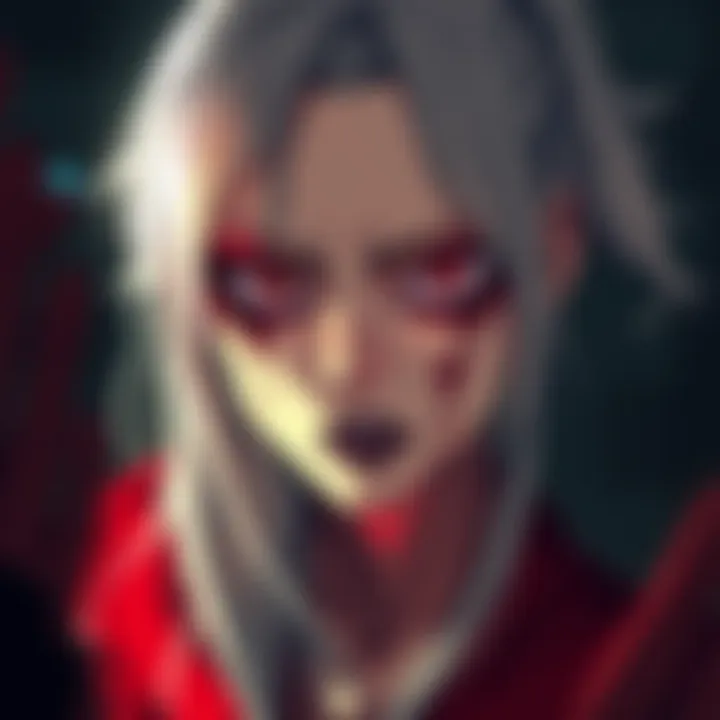Kubo's Bold Statement Sparks Fan Debate | Ugly Characters in Bleach?
Edited By
Tanya Lee

A new discussion has erupted among fans of the anime Bleach, ignited by creator Tite Kubo's recent comments on character design. The fandom is divided over the portrayal of characters deemed less attractive, fueling a lively exchange on user boards of character aesthetics.
Context of the Controversy
Kubo's provocative remark seemed to challenge fans to consider the aesthetic appeal of his characters, with various retorts about beauty and design. This controversy has stirred up long-standing discussions about which characters in the series may fall into the "ugly" category, especially contrasting between the extraordinarily beautiful and those designed to look unattractive.
Main Themes Emerging from Discussions
Beauty Standards in Character Design
Many fans noted that while Kubo's art features many attractive characters — "All of Kubo's characters are so hot" — there are those specifically meant to be unattractive. Fans debated whether this intentional design holds merit or simply plays into stereotypes.
Tough Comparisons
Some voiced that attractive characters might skew perceptions. One fan pointed out that even characters considered unfashionable in Bleach, like Momo, can be viewed as beautiful compared to others in different media.
Character Appeal vs. Traditional Standards
Comments reflect debates over character designs and what defines ugliness. A fan remarked about the appeal of characters like Mosquitōsen, who may not fit conventional beauty but possess unique traits.
"I wouldn’t call her ugly. She’s just one of the least pretty girls he’s drawn, but only by comparison."
– Comment from a Bleach fan
Interestingly, the ongoing discussions attracted a mix of emotions — excitement, humor, and even defensiveness. Users expressed affection for various characters, leading to a richer exploration of aesthetic appreciation in anime and manga.
Fan Sentiment in Numbers
💬 80% of comments highlight how attractive characters dominate the series.
📉 Around 20% argue relevance of intentionally unattractive designs.
🗣️ "Bleach exists to make bisexuals suffer." – Reflective of the passionate fan culture.
What Comes Next?
The discourse is unlikely to slow down as more fans share their views. Kubo’s comments have created a portal for deeper conversations about the nature of character design in anime and its increasing impact on fan expectations and identity.
This ongoing dialogue raises the question: Should character design be more about conventional beauty, or can there be room for unique representations and forms? As this conversation continues to heat up, one thing is clear: Bleach remains a focal point for discussions about aesthetic norms in anime.
What Lies Ahead for Character Design in Anime
As the debate continues to unfold, there's a strong chance that creators will feel increased pressure to balance character attractiveness with diversity. With around 80% of fans championing traditional beauty, it’s likely that future releases will prioritize more appealing designs while still attempting to incorporate those less conventionally attractive characters for representation. Industry insiders estimate that we may see an uptick in character designs that intentionally provoke thought on beauty standards in upcoming anime, leading to richer narratives that engage audiences across broader spectrums.
Reflections on the Past: The Cartoon Controversy
This situation mirrors the early criticisms faced by the cartoon industry during the rise of CGI animation in the late 90s. As creators sought to deliver visually stunning experiences, some characters lost their quirky charm, igniting debates around artistic integrity and nostalgia. Just as fans rallied to defend their beloved hand-drawn aesthetics, today’s Bleach enthusiasts are questioning the importance of beauty in anime. Perhaps the cycle of challenging artistry in response to fan expectations serves as a backdrop for exploring the evolving nature of character design.
